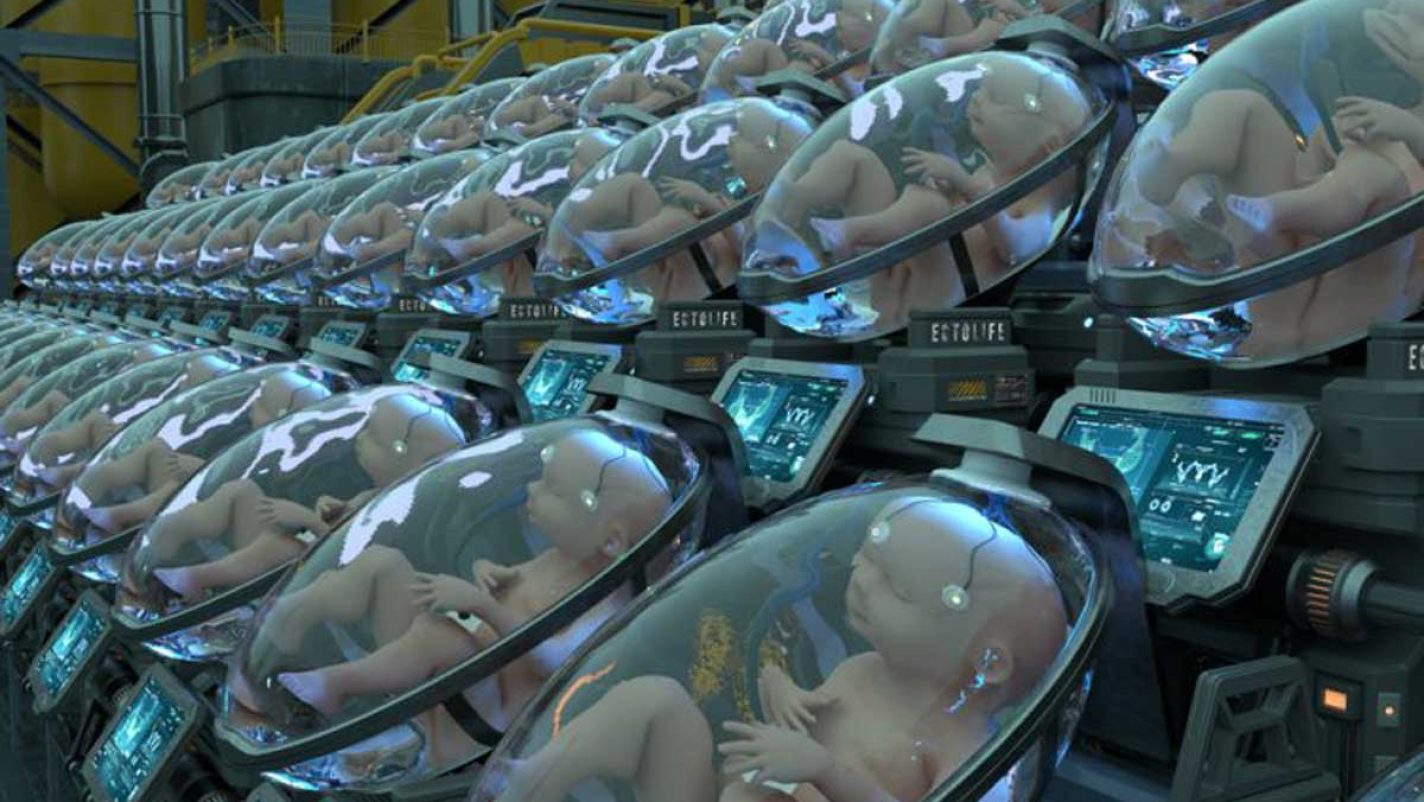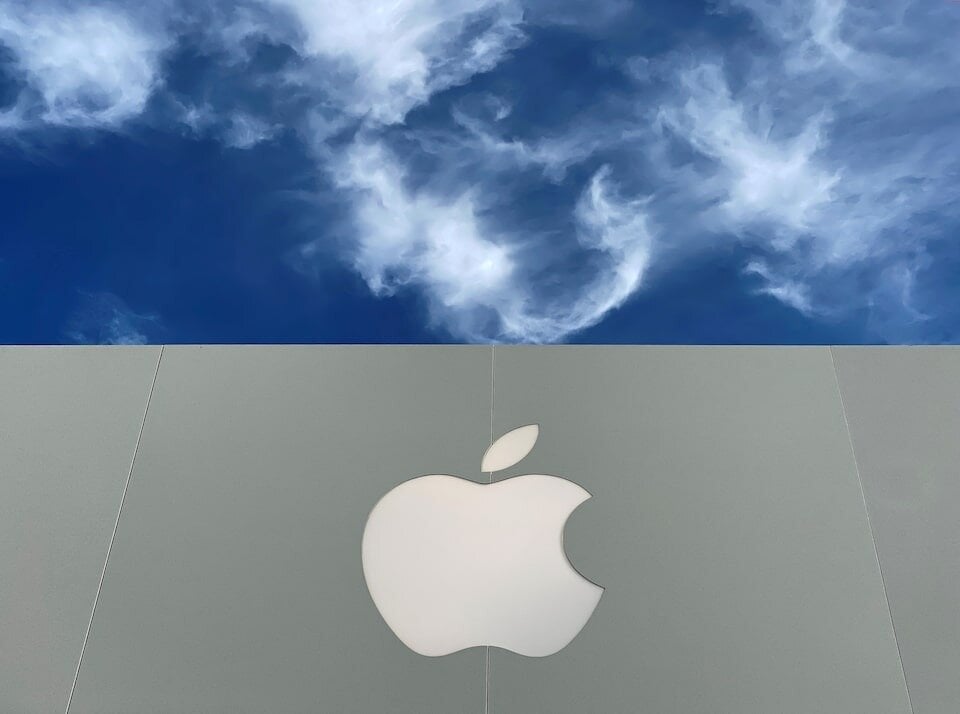
Sciences: A team of researchers from the US and UK claim to have created “artificial embryos” from stem cells for the first time – without the use of eggs or sperm. How is that done? All details at xristika.gr.
These “skeletal structures,” as scientists call them, are in the early stages of human creation.
This means that their heart does not beat and they do not have a brain.
However, the researchers believe that in the future they will help to understand genetic diseases and shed light on the causes of miscarriage.
This scientific endeavor raises legal and ethical dilemmas—since many countries, including the United States, do not have laws governing the creation or management of artificial embryos.
The leaps in the field have alarmed bioethicists, many of whom have now openly expressed their concerns.
“Unlike creating embryos from IVF, where there are legal rules, there are currently no clear regulations for human embryos from stem cells.
“There is an urgent need for rules that would create a legal framework for creating human embryos from stem cells,” said James Briscoe, assistant professor at the French Crick Institute.
The head of the study, Dr. Magdalena Zernicka-Goetz, described the research in a presentation to the International Society for Stem Cell Research in Boston.
Zernicka-Goetz is Professor of Biology and Bioengineering at CalTech and the University of Cambridge.
She explained that the study was accepted by a well-known scientific journal, but it has not been published yet.
It was first published in the British newspaper “The Guardian”.
As CNNi writes, Zernicka-Goetz and a team of competitors from Israel previously described the construction of such embryos, using stem cells from mice.
Indeed, in this case, they recorded the functions of the heart, the first formation of the brain and the digestive system after about eight days of development.
The artificial embryos were created in Zernicka-Goetz’s lab from a single human embryonic stem cell, which scientists “coaxed” into forming three distinct layers of tissue.
These are the cells that under normal circumstances would create the placenta and the fetus itself.
“I want to stress that they are not human fetuses,” Zernicka-Goetz told CNNi.
“They are models of embryos but very exciting because they are very similar to human embryos and are an important step towards understanding why so many pregnancies do not progress.
She added that most pregnancies that do not progress are at the same stage as these embryonic structures, adding that, to her knowledge, this is the first time that such a model has been created, with three distinct layers of tissue. .
At the same time, he emphasized that although it imitates the characteristics of a normal fetus, it does not possess all of them.
Scientists hope that these “embryos” will shed light on the “black box” of human development – that is, 14 days after fertilization.
Currently, synthetic models of human embryos remain in test tubes and it is illegal to implant them in the uterus.
In fact, experiments on mice and monkeys showed that when scientists tried to transplant them, they didn’t survive.
This may be because researchers have not yet fully figured out how to fully replicate pregnancies.
Zernicka-Goetz states that the goal of her research is not to create life but to prevent its loss.
“We know very little about this step in human development, but it is the stage where many pregnancies do not progress, especially after IVF,” said Roger Stormi, a researcher in maternal and fetal health at the University of Manchester in Britain.
Science: They are looking for Hyper-Earth in the eternal night beyond Neptune
We all thought there were nine planets. But in 2006, the solar system had only eight planets left when Pluto was no longer classified as such.
But is it still possible for a planet beyond Neptune to exist – perhaps much further away?
Over the past 20 years, we’ve made great strides in exploring the outer solar system. This hypothetical planet is temporarily known as Planet 9.
We are talking about the so-called trans-Neptunian space, the eternal night beyond the giant planetary kingdom.
And in this exploration, we encountered a surprising population of so-called extreme trans-Neptunian objects, whose special properties have caused fierce debate in the scientific community.
Some researchers see in this group a manifestation of an unseen presence, a new, yet-to-be-discovered planet in the dark, cold regions of our solar system. Others believe, however, that there is no such planet and that these super extreme properties of Neptune are due to our limited, imperfect observations, so-called “observational biases”.
Science: a vast and remote virtual world
Planet 9 is not thought to be a small body like Pluto or like many other super-Neptunian bodies that have been discovered in recent years.
Detailed simulations have been run to theorize about the properties the object might have to produce the observed effects, and the conclusion is that it must be a very large planet, 4 to 8 times the mass of Earth.
It must also be very far from the Sun: nearly ten times the distance from Pluto. Maybe more.
If it exists, it would be considered a new type of planet, different from the others we currently know in the solar system. Our planetary neighbors are basically categorized into two types. They are either small, rocky, solid-surfaced worlds (Mercury, Venus, Earth, and Mars) or gas giants (Jupiter, Saturn, Uranus, and Neptune).
Planet 9 falls somewhere between these categories. It could be what is known as Super-Earth, a rocky planet larger than ours, or Sub-Neptune, a gaseous world with less mass and slightly smaller than Neptune.
We’ve spotted planets like this around other stars, but because we’re so far away, we know very little about them. The discovery of one in our solar system would open the door to detailed study of a class of planets virtually unknown today.
Science: The long journey of the asteroid CNEOS14
How can we discover this planet 9? It’s not easy. Being so far away, its brightness will be very dim and we will need powerful telescopes. The problem is that these telescopes usually have a very small field of view. It’s like using a microscope to scan a very large area for a small thing we’ve dropped. In recent years, great observational efforts have been made to try and spot this elusive world—without success so far.
A few months ago, a scientific paper was published by researchers from Harvard University that stated that a meteorite (CNEOS14) that fell in the Pacific Ocean in 2014 was not something from our solar system. This will be the first interstellar object we have discovered, a small asteroid about 1 meter in diameter that hit our planet while traveling through the solar system at a speed of 60 kilometers per second.
This high speed is exactly what prompted the researchers to pinpoint its origin as a guest from other stars. To do this, they first had to rule out that the object was accelerated or deflected by the gravity of a planet in our solar system, which is easy to verify by reconstructing its orbit and seeing if it passed near any known planet. Planets or not – In this case, the asteroid did not pass close to any known planets.
But what if CNEOS14 interacted with an as-yet-unidentified planet during its journey through the solar system? This was the question we asked ourselves and it opened up a new field of action.
Science: an amazing coincidence
The first hint that there might be a connection between the CNEOS14 meteorite and Planet 9 came when we drew on a map of the sky what orbit the planet should be in, according to the most detailed simulations, and then hypothesized the origin of CNEOS14.
We found a striking coincidence (see figure below) between the meteorite’s origin and the region where simulations predict that Planet 9 is most likely to be found. The probability that this coincidence is the result of chance is 1%.
Following this line of thought, we ran simulations to reconstruct CNEOS 14’s orbit and found three more statistical anomalies that were very unlikely to be in an object that came directly from the interstellar medium.
Combining the probability of these anomalies, we find that either there is something we don’t understand about the objects in the interstellar medium, or there is a 99.9% chance that CNEOS14 has collided with an unknown planet in the outer solar system – and that the new world will be exactly in the predicted region. have simulations.
These coincidences and statistical anomalies led to the formulation of the “messenger hypothesis,” a reference to the use of the term “messenger” in astrophysics to refer to particles that bring us information from celestial bodies.
According to this hypothesis, CNEOS14 may be deflected in our direction by an unknown massive object in the outer solar system, possibly Planet 9, between 30 and 60 years.
If the guess is correct, by tracing CNEOS14’s orbit back in time, we will find the location of Planet 9 which, according to our calculations, will be very close to where the constellations Aries, Taurus and Cetus meet.
We have an ongoing monitoring campaign at the Javalamber Observatory (Teruel) to conduct this research. It is still a difficult task and will take time and work because the field to scan is still large and the item you are looking for is very faint, but now it seems possible.
Of course, our hypothesis today is nothing more than a guess, just like the existence of Planet 9 itself.
However, it is a correct guess that fulfills the three conditions that must be taken seriously in science:
- a) Naturally reasonable.
- b) good explanation. And
- c) It can be verified experimentally.
CNEOS14 could point us to the location of Planet 9. Or maybe it’s just a great cosmic coincidence. In any case, it is a beautiful story about which we can say se non è vero è ben trovato (even if it is not true, it is good to find it) – an expression attributed, by the way, to the astronomer, The Monk of the Renaissance Giordano Bruno.
With info from TheConversation

“Avid problem solver. Extreme social media junkie. Beer buff. Coffee guru. Internet geek. Travel ninja.”





More Stories
While developing a range of AI tools, Apple still takes a different stance in this area than its competitor Apple
Solar rain, explosions and the sun’s thin ‘crown’ recorded by the solar lander: a bizarre landscape at a million degrees Celsius [video]
Helldivers 2: A huge trend with more than 85 thousand negative reviews in a few hours